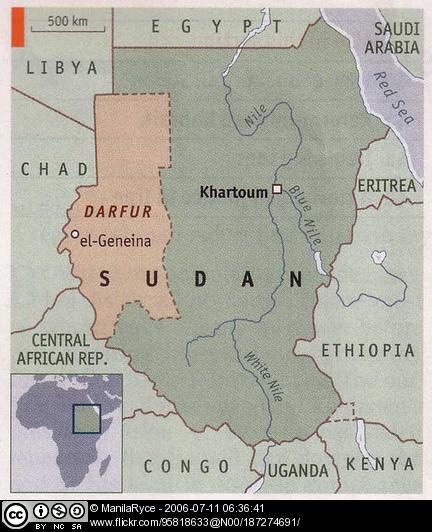 Before the varied attire of Arab Spring protesters, in recent times, revolutions tended to come in colours. Ukraine was awash with orange. Kyrgyzstan chose pink and Georgia rose. Thailand could not make its mind up over red and yellow. Choices varied but in each instance pigmentation signified unity behind certain causes and grievances.
Before the varied attire of Arab Spring protesters, in recent times, revolutions tended to come in colours. Ukraine was awash with orange. Kyrgyzstan chose pink and Georgia rose. Thailand could not make its mind up over red and yellow. Choices varied but in each instance pigmentation signified unity behind certain causes and grievances.
Yet in some cases the colours imbued more than solidarity – they bred an artistic renaissance. Last Friday, Olga Onuch, a former DPhil student in the DPIR and now a post-doc at the University of Toronto, and her father, Jerzy Onuch, spoke about the intersection between art and protest. Both know a lot about the topic: it is the subject of Ms. Onuch’s recently completed PhD dissertation here at Oxford and her father is a long time artist who also ran the Centre for Contemporary Art (CCA) in Kiev, Ukraine until 2005 (formerly called the George Soros Centre for Contemporary Arts). He is now the director of the Polish Cultural Institute in New York.
The event took place at Modern Art Oxford and was hosted by Dr. Gwendolyn Sasse, a Professorial Fellow at Nuffield College and Ms. Onuch’s former supervisor. The presentation consisted of a dialogue between each presenter and a series of videos of art-infused protest by a number of Ukraine’s burgeoning cohort of contemporary artists. Inspired by the 1980s solidarity movement in Poland and the more recent Orange Revolution in Ukraine, Ms. Onuch’s academic work focuses on ‘Revolutionary Moments and Revolutionary Movements’, the title of her dissertation which inspired her and her father to host a 2009 exhibition and symposium in Kiev, aptly called ‘Revolutionary Moments’.
Apparently contemporary artists, financially supported by Soros and the CCA, joined and supplied artwork for the 2005 protests, offering an artistic moment during the movement. But all the videos shown were more recent. They ranged from a staged political campaign event by eclectically-dressed members of ‘Revolutionary Experimental Space’, and artist group commonly know as R.E.P., to an artist trying (and succeeding) to barter replicas of famous works of contemporary art to locals in a rural village. Buyers seemed oblivious that the originals went for millions as they negotiated over prints for a bucket of potatoes and a chicken. To be fair, I didn’t recognise the art either and might have kept the chicken. More interesting was a series of photos of works created at the Centre for Contemporary Art during the protest movement in 2005. Some pieces seemed related to what was going on around the corner. Others didn’t.
Here is an example and an image of artists busily recounting Ukraine’s orange moment.

 Credit: R.E.P. (Revolutionary Experimental Space), Kyiv 2004
Credit: R.E.P. (Revolutionary Experimental Space), Kyiv 2004
I must say that I remain sceptical of the long term economic viability of protest art. And I am not the only one. A lively Q&A certainly exposed the tension between art as protest and protest art as a means of livelihood. Art-buying money still comes from familiar places that oftentimes eschew political debate. Indeed, the majority of pieces from the Kiev exhibition were sold to a prominent Ukrainian oligarch. Still, this does not seem to interfere with the protest form of artistic licence; R.E.P activities remain on the fringe of the obscure, and of course they are not the first artists to worry about averting starvation. If the intersection of political protest and art is to remain vibrant, though, foundation money seems the better way to go.
– A Blake Ewing





No Comment